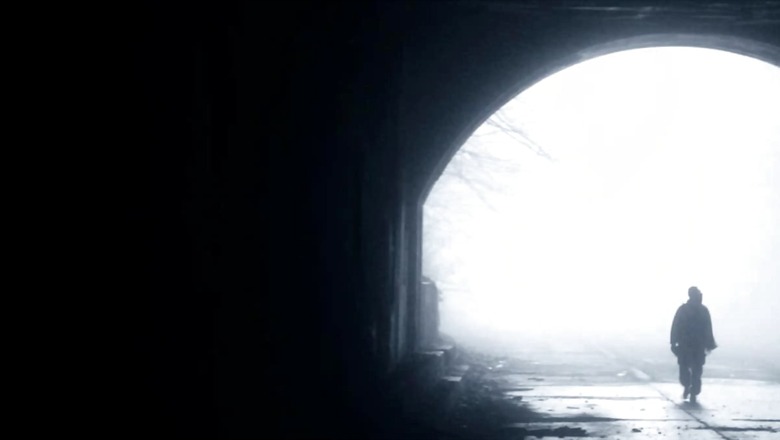
views
Bomb shelters were a staple construction in most homes in the United Kingdom during World World 2. Cities were targeted by bomber planes to create mayhem and loss of lives while high explosives and fire destroyed houses and apartments. The different types of bomb shelters built at that time included the Anderson Shelter, Morrison Shelter, Street Communal Shelter, and Underground Station to name a few. But in recent times when one comes across such establishments, it calls for a buzzworthy moment. Recently, a UK-based woman discovered one such underground bomb shelter after she lifted a piece of stone from her backyard.
According to a report by the New York Post, Rebecca Hobson made the historic discovery of a 160-foot air raid shelter in 2020 during the COVID-19 pandemic lockdown. Locals briefed her that there was something reminiscent of the World War which was “tied” to the back of her Kent home in England. However, at that time she did not pay heed to their words, only to find out later that they were telling the truth. Soon after the discovery, she shared pictures and videos of the air raid shelter on her social media handles, intriguing the masses.
The woman gave a virtual tour of the middle-sized tunnel construction by dropping a video on TikTok, reported the New York Post. The establishment also came embedded with lights so that commuters could safely see the way through the cave when in case of an emergency, or when the enemy attacked the city. The clip also featured ancient dust-covered bowls, bottles, and rat traps among other piles of debris in the 160-foot passageway.
“When we moved into the house we had no idea about the air raid shelter being in our garden… We’re still trying to dig into the history of it, but it’s still really interesting,” claimed Rebecca Hobson.
The Anderson was the most commonly used home shelter during World War 2. More than two million Anderson shelters, officially known as “sectional steel shelters,” were distributed to homes costing 7 pounds (Rs 734). But those living in risk-prone regions, earning less than 5 pounds (524) per week reportedly received them for free.
















Comments
0 comment